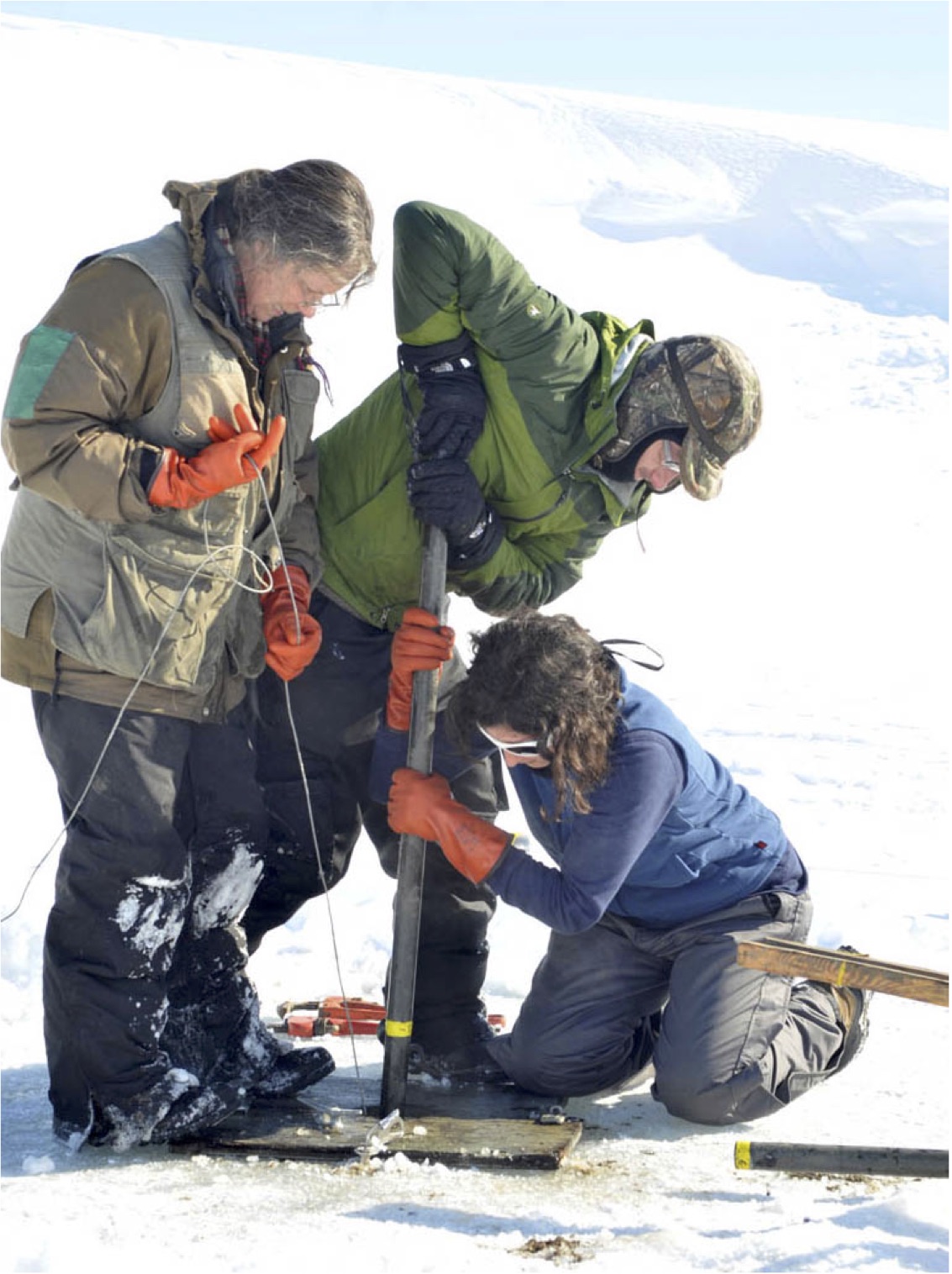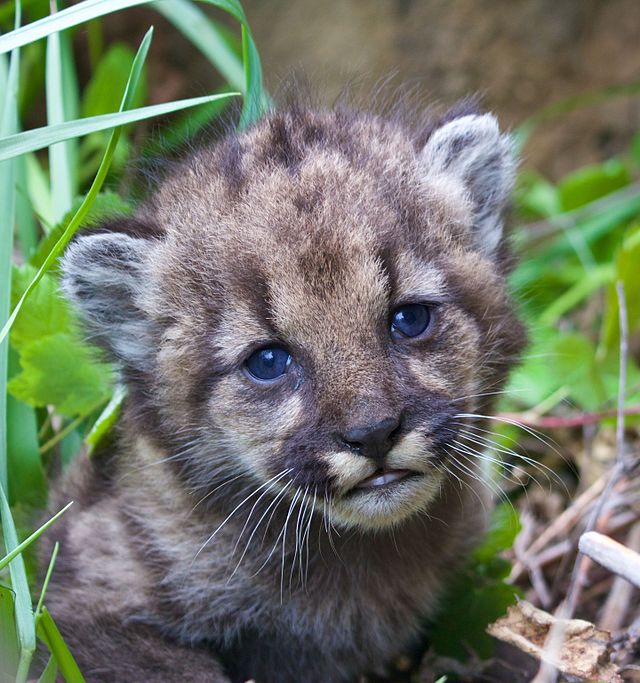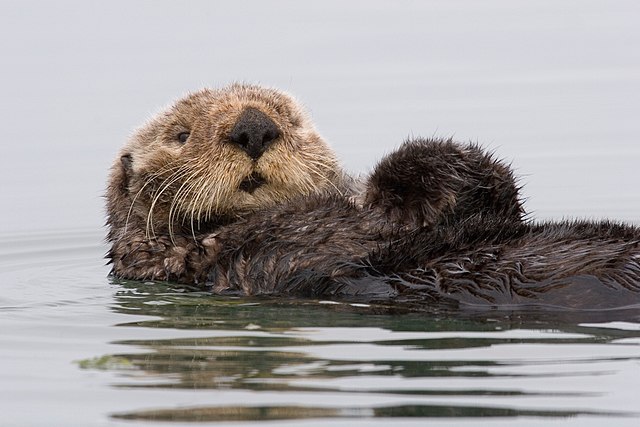|
 |

| RESEARCH |
|
This heading includes several more specific ancient DNA research projects currently underway in the Shapiro lab. We are interested in how Arctic species and populations responded to environmental and habitat change throughout the Pleistocene, and what role ecology, natural history, climate and community-level dynamics played in the megafaunal mass extinctions ca. 10-15,000 years ago. Key collaborators: Duane Froese, Grant Zazula, Daniel Mann. |
|
|
The genetic legacy left by organisms that lived or passed through an environment has the potential to provide new and important insights into how and why communities changes over time… if it can be recovered and studied. To this end, we are developing new tools and approaches to recover and analyze DNA preserved in environmental samples, and using these to study how ecosystems vary over geography and time and what biotic and abiotic factors might be driving this variation.
Key collaborators: Bob Wayne, Rachel Meyer, Harris Lewin, Hendrik Poinar, Laura Epp, Mike Garvin, Bruce Finney, and many others!
For more information on some of the environmental DNA projects in which we are collaborating, check out CALeDNA, the Earth Biogenome Project, and our HHMI-funded undergraduate research and education program, eSIE. |


|
|
Working with genomic data from modern human populations and archaic hominins, we are interested to learn more about what makes our lineage distinct from other hominins, about the demography of admixture between our species and other, closely realted lineages, and about the timing of human movement into and throughout the American continents. Key collaborators: Alysson Muotri, Cleber Trujillo, Lars Fehren-Schmitz, Paul Fine, Diane Gifford-Gonzalez, Kent Lightfoot, Bob Ballard, Jack Ives. |

|
|
How can genomics inform efforts to conserve species and ecosystems? Can genomic data predict extinction or endangerment risk ? What role might biotechnologies such as genomics-informed translocation and genome engineering play in biodiversity conservation? This research program capitalizes on whole genome sequencing and assembly, comparative genomics, and population-scale resequening to develop theory and tools that can be useful to conservation practitioners. We also collaborate directly with conservation practitioners to develop genomics-informed conservation strategies. Current projects, some with support from the California Conservation Genomics Project, the Wildlife Conservation Network, and Revive & Restore, focus on mountain lions, black bears, black abalone, white sharks, sea otters, dugongs, and Steller's sea cows. |
  
|
|
This research program develops approaches to generate and analzye trace quantities of DNA preserved in forensics contexts, such as from rootless hair or blood-stained fabrics. We'd tell you more about it but... well... you know what they say about knowing too much. |
.jpg)
|
As we progress further into the age of comparative genomics, it is increasingly apparent that admixture between closely related species is a common occurrence. Working with several admixing species pairs (e.g. brown bears and polar bears, bison and cattle, humans and Neandertals, and wolves and coyotes), we aim to understand how admixture influences the evolutionary trajectories of species and, perhaps, to better understand the process of speciation itself. Key Collaborators: Ian Stirling, Alexander Malev, Bob Wayne, Mike Heaton, Tim Smith |

|
Paleogenomic and forensic research is limited by the quantity and quality of data that can be recovered from what are often small and degraded organic remains. A major area of research in the Paleogenomics Lab is therefore to improve the recovery (experimentally and computationally) of authentic ancient DNA. Our progress in this realm has led to several exciting advances (and more than one start-up company!), and we are particularly interested in recruiting graduate students and postdocs with backgrounds in biochemistry, molecular biology, and/or computational genomics to join us in this work. |

|
There's so much more! Check out our latest publications to learn more about our current projects. |
|
|
|
|
|
|
|
|
|
|
|
|
|
|
.
|
|
 |
Extracting and characterizings DNA from fossil remains.
Using genome-wide and environmentally-derived data to infer population history and inform management decisions
Investigating patterns and processes in genome evolution.
|
|
|
|

